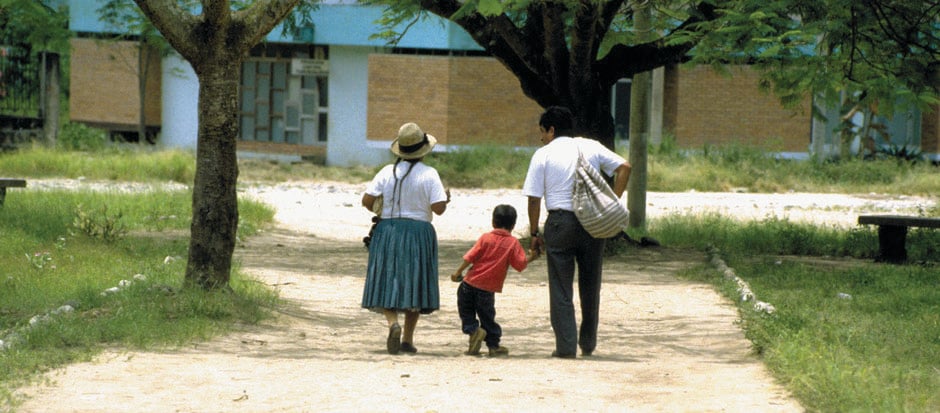Containment: An Important Part of Ending Polio
The world is working to end polio. We help reduce the risk of eradicated polioviruses being released from the places where they are worked with or stored.

Poliovirus can affect the central nervous system, resulting in paralysis and death. In 2015, the Global Commission for the Certification of Poliomyelitis Eradication (GCC) declared wild poliovirus type 2 eradicated. GCC declared wild poliovirus type 3 eradicated in 2019. Scientists use both types for research and development:
- Laboratories use poliovirus to research cancer treatments and perform other life-saving work.
- Manufacturers use live virus to make poliovirus vaccines for the world.
CDC has a long history in the worldwide fight against poliovirus. On December 2, 2011, the agency declared polio eradication a public health emergency in need of a coordinated incident management response. Since then, over 760 staff have contributed over 970,000 hours and almost 3,000 field deployments in support of this mission. The agency assists with outbreak response, laboratory testing, disease surveillance, vaccination campaign planning, program monitoring and evaluation, and research. CDC supports global containment efforts with expertise in oversight, monitoring of biosafety, and security in laboratories.
Identify:
All countries survey their laboratories and other facilities to identify infectious and potentially infectious poliovirus materials.
Transfer:
Laboratories and facilities may choose to move needed poliovirus materials to “poliovirus-essential” facilities.
Destroy:
All countries request that laboratories and facilities destroy all unneeded poliovirus materials.
Contain:
Countries will approve “poliovirus-essential” facilities to continue work with eradicated polioviruses. These facilities must comply with the World Health Organization Global Action Plan.
Poliovirus containment is a key objective of the World Health Organization’s Global Polio Eradication Initiative. “Poliovirus-essential” facilities must take steps to keep the virus from being reintroduced to the public and causing harm.
Current poliovirus containment focuses on eradicated polioviruses:
- Wild poliovirus types 2 & 3: Samples of wild poliovirus types 2 & 3 remain secure in laboratories and vaccine manufacturing facilities.
- Vaccine-derived poliovirus types 2 & 3: It rarely happens but some strains of poliovirus can mutate and cause paralysis and circulate like wild poliovirus.
- Oral poliovirus vaccine type 2: This weakened strain of poliovirus does not cause disease.
It protects against infection but is no longer used for routine immunization